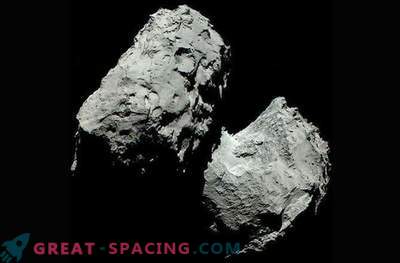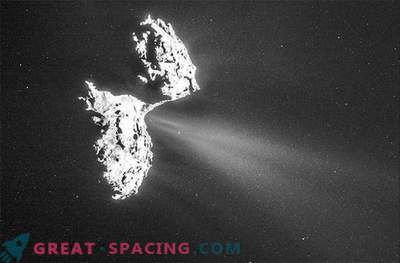
This newest photograph taken by the European Space Agency's Rosetta spacecraft was probably the biggest disappointment of the mission to date.
“As it turned out, the 67P comet looks dark gray, even almost black as coal,” said Holger Siers of the Max Planck Institute for Solar System Research and principal investigator of the OSIRIS instrument installed on Rosette.
Made with color filters consisting of red, green and blue, this photograph of a comet familiar to us brings to our attention the “True Color” version of its dusty surface. Although there are minor color variations, the comet will look just like that for the human eye.
OSIRIS uses an optical, spectroscopic and infrared system to capture the smallest details on the comet's surface. Long before Rosetta arrived at the 67P comet, astronomers assumed that the comet's surface would have a grayish color. But on closer examination, the scientists of the Rosette mission were surprised that the body was so gray. This means that the cometary core has a very small composite variation with respect to the surface.
For example, one could expect a slightly bluish tinge in regions dominated by ice. Although other tools suggested the presence of some amount of ice, OSIRIS himself did not notice this presence. Instead, the 67P is evenly covered with a thin layer of dust, which gives the comet a very uniform look.
Now Rosette scientists want to understand why the 67P has such a layer of dust.
A little later, OSIRIS will scan comets using its other 25 filters, in the hope of identifying the mineral composition of dust and water ice content.











































